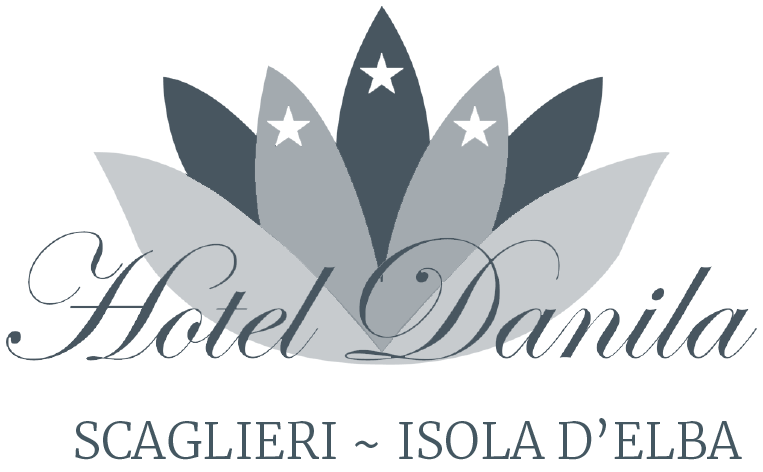
|

|
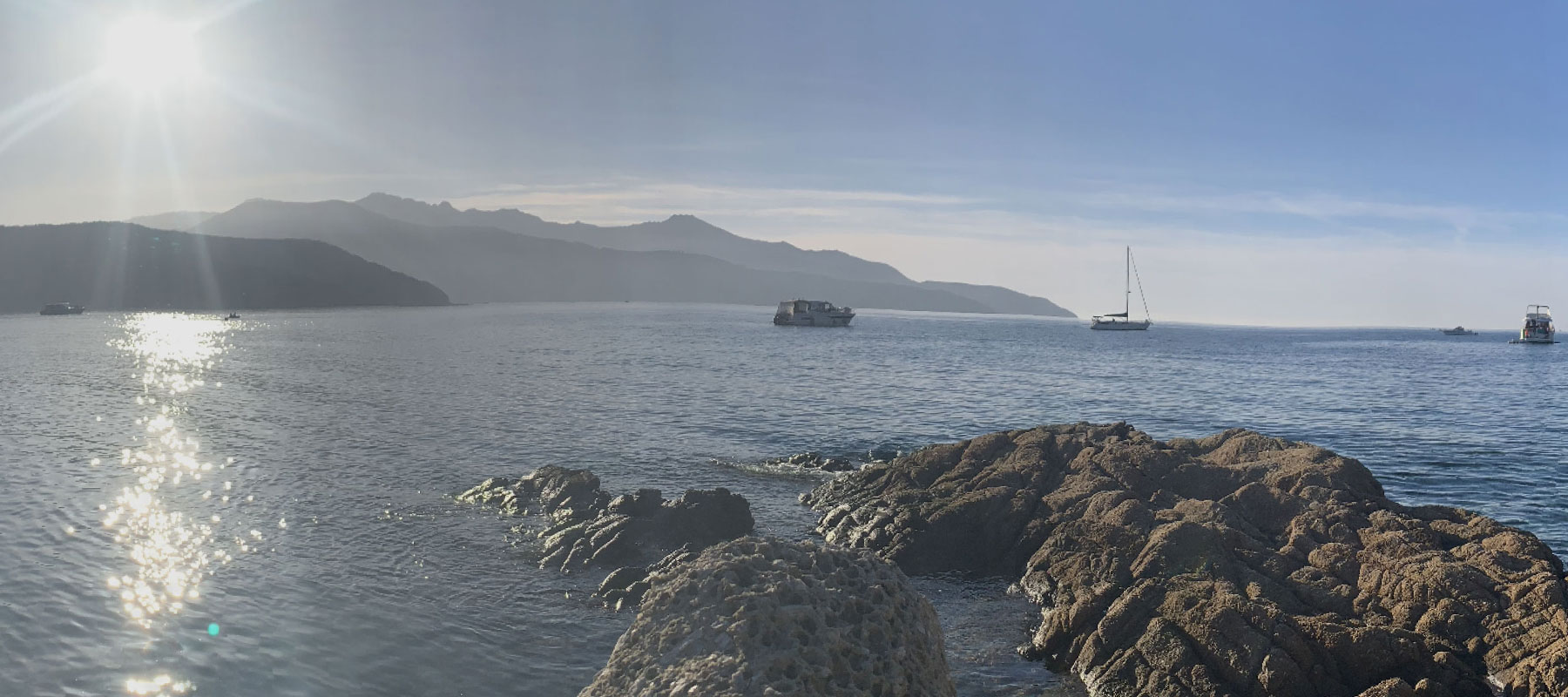
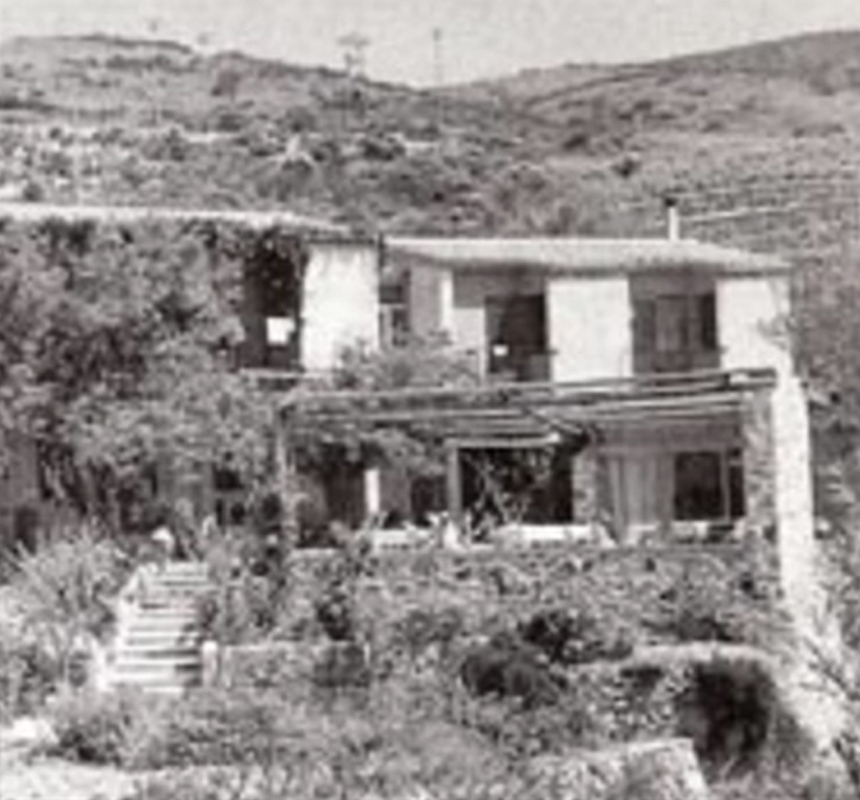
When the architect Mario Puliti, a professor at the University of Florence, came to Scaglieri with his family, he couldn’t believe his eyes: the beach of golden sand crossed by a little stream of the purest water with three pine trees on one side and three haystacks gilding the landscape. On the other side of the beach the neighbourhood, consisting of two rows of houses bordering a breezy paved road that ended on the rocks.

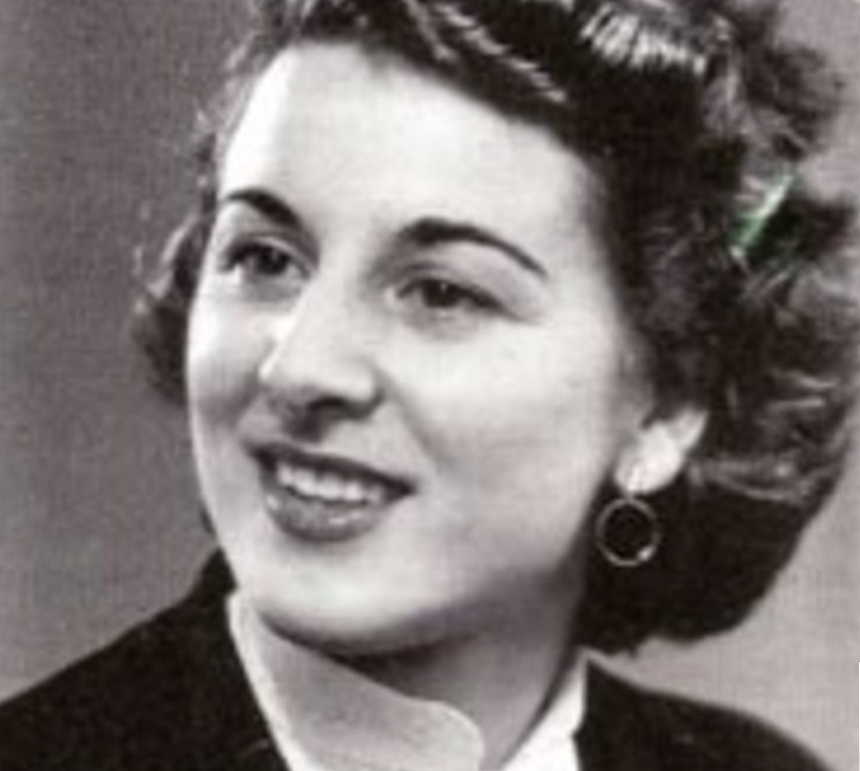
Fascinated by the village’s charm and the kindness of the inhabitants, the architect thought that this was the ideal place to build a holiday home; he bought a plot of land for 30 lira a square metre right on the tip of Scaglieri and the following year work began on the construction of the “refuge” overlooking the sea.


In those years, we are in 1952 by now, Emilio Isotta, a famous architect from Milan used to go to Elba and became involved in various projects, particularly in Marina di Campo, where he built the Iselba hotel, still considered an example of compatibility between environment and urban planning.
He too fell under the charm of Scaglieri where he oversaw the extension of the Fabiani house, bought for pennies from the industrialist Guardigli.

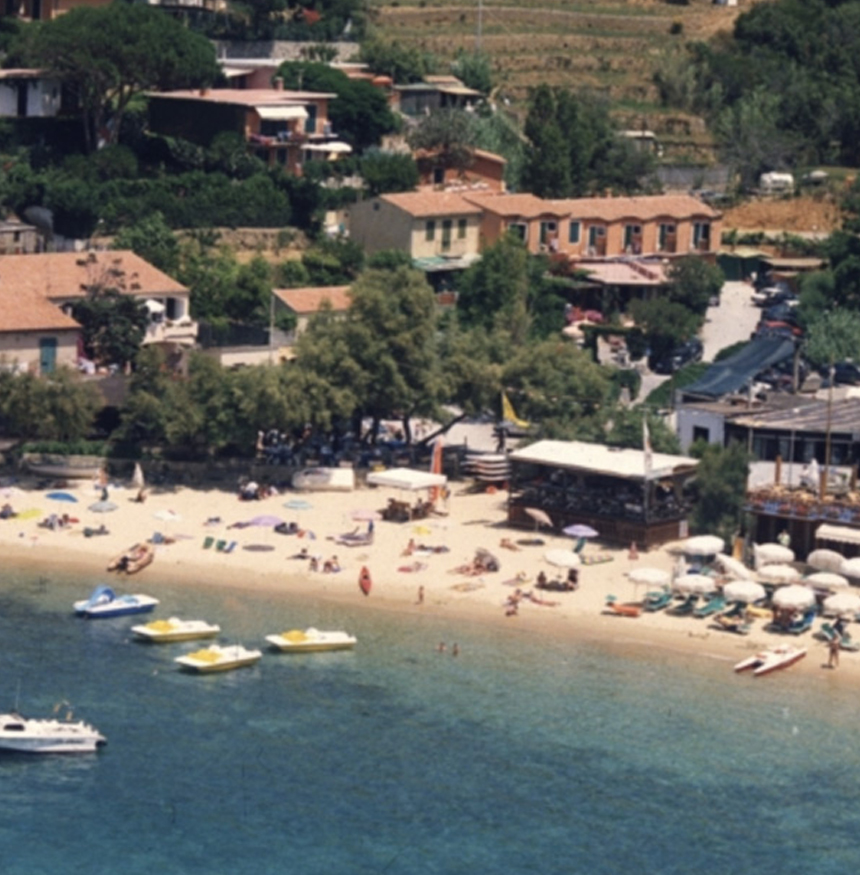
Was she a feminist ahead of her time? Not a chance... She thought big, challenged the prejudices of a decidedly bigotted and backward society, but kept her femininity intact, she was aware of and proud of her sensuality.
The world of hoteliers, aimed exclusively at men, looks on with scepticism at the initiatives of this enterprising, gritty young woman, bewildered by her thoughts of equality.

web by  |